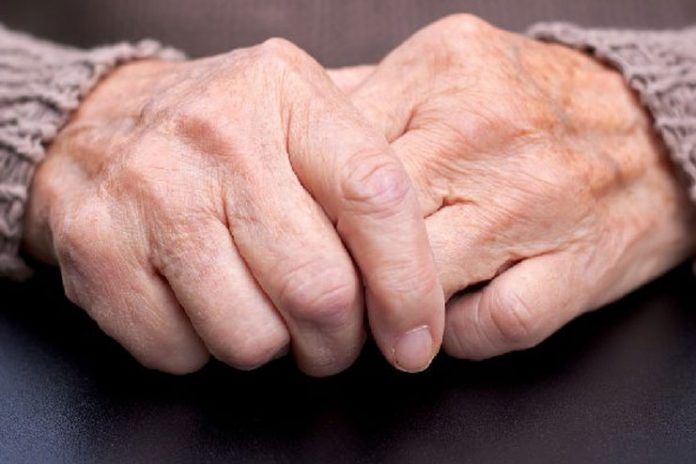Affiliate Disclaimer
Some links in this article are affiliate links. We may earn a small commission if you make a purchase through these links, at no extra cost to you. We only recommend products we find useful to our readersThe condition of Rheumatoid Arthritis is not unknown to the patients who suffer from it on a daily basis. The stiffness and the unbearable pain is definitely the card explaining the problem, isn’t it? While previous researches and findings have failed to source the actual cause in the genetic levels, a new research might just have sourced the answer to all the problems.
The researchers from the Icahn School of Medicine at Mount Sinai have recently discovered the possible causative gene behind the severe disorder of this form of arthritis. This is expected to be a new breakthrough in the prognosis as well as possible treatment for this auto-immune disease.
The experiment was conducted with the synovial cells that are primarily found in the inner lining of the joints (in both human and animals). Researchers Percio S. Gulko (Chief of the Division of Rheumatology), Henry and Lillian M. Stratton (Professor of Medicine – Rheumatology as well as senior author) along with their other colleagues, after a series of vigorous experiments, finally drew the conclusion that the gene H1P1 is the primary cause behind the inflammation arthritis severity.
This is a completely new finding because of the fact that nobody had ever pin-pointed the possible cause behind rheumatoid arthritis as something related to the genomic activity of the H1P1 gene in one’s DNA. The research paper was published in the Annals of the Rheumatic Diseases (R).
If statistics are anything to go by, it is believed that over 1.3 million people in the United States of America itself are affected by this disease. Moreover, on a global scale, around 1% of the world’s total population suffers from this autoimmune anomaly.
The head scientist in the team of researchers from the Icahn School of Medicine, Dr Gulko exclaimed saying that even with the salient growth and improvement in the field of research and treatment for the Rheumatoid Arthritis has increased in the past 20 or so years, their main focus was not on the treatment but the problem causing the disease. He further said that the majority of the prescribed and administered drugs often tend to target the inflammation but just that is sometimes not enough to control the disease. Their recent research focused on the side of the regulation of the disease severity along with the joint damage that comes as a side effect to this problem. These prospects of research have led them to the cells found inside the joint, otherwise known as the synovial fibroblasts.
Their research was basically targeted around a genetic approach in which they included strategies like linkage mapping and congenic breeding where two segments of rodents were taken into consideration – one class that included arthritis-susceptible rodent strains and the second one including the arthritis-resistant rodent strains. Specific length of chromosomal fragments in the first class was switched with the chromosomal fragments from the second class. Owing to this switch, Professor Gulko and his team were finally able to identify a specific region in the DNA sequence that was the possible reasoning behind the joint pains and deformities.
That specific region of the DNA sequence consisted of 41 genes.
After extracting the DNA sequence, the researchers sequenced the genes and later came to witness a noticeable mutation that was caused in the H1P1 gene. There were further experiments conducted to confirm its possible contribution to the disease and the alleles of this gene implied negative effects on the synovial fibroblasts, the cell found in the inner lining of the joints.
If you were unaware, the synovial fluid that is found in the bones and joints are the primary source of lubrication for the bones. People suffering with rheumatoid arthritis experience a spike concentration of the synovial fibroblasts which ends up infiltrating the tissues with immune cells, thereby causing ache and inflammation.
In order to conclude their findings assertively, Professor Gulko and his team conducted a reversed experiment in which they removed the H1P1 gene from the synovial fibroblasts to note the possible aftereffects.
They found that the lack of H1P1 obstructed the response of the rheumatoid arthritis synovial fibroblasts to the Platelet derive growth factor which is one of the primary causes behind the heightened invasiveness caused by the fibroblasts. Not just that, it even obstructed the activation of the signaling molecule Rac1, further bettering the condition.
This new discovery would help lay down a framework for the future diagnosis and treatment relating to the disease of rheumatoid arthritis which is definitely expected to induce positive impacts in the realm of cure. The researchers are not just stopping there. They are on the path to discover a novel way of treatment for the rheumatoid arthritis, encircling the concept of H1P1 gene and the synovial fibroblasts.






















